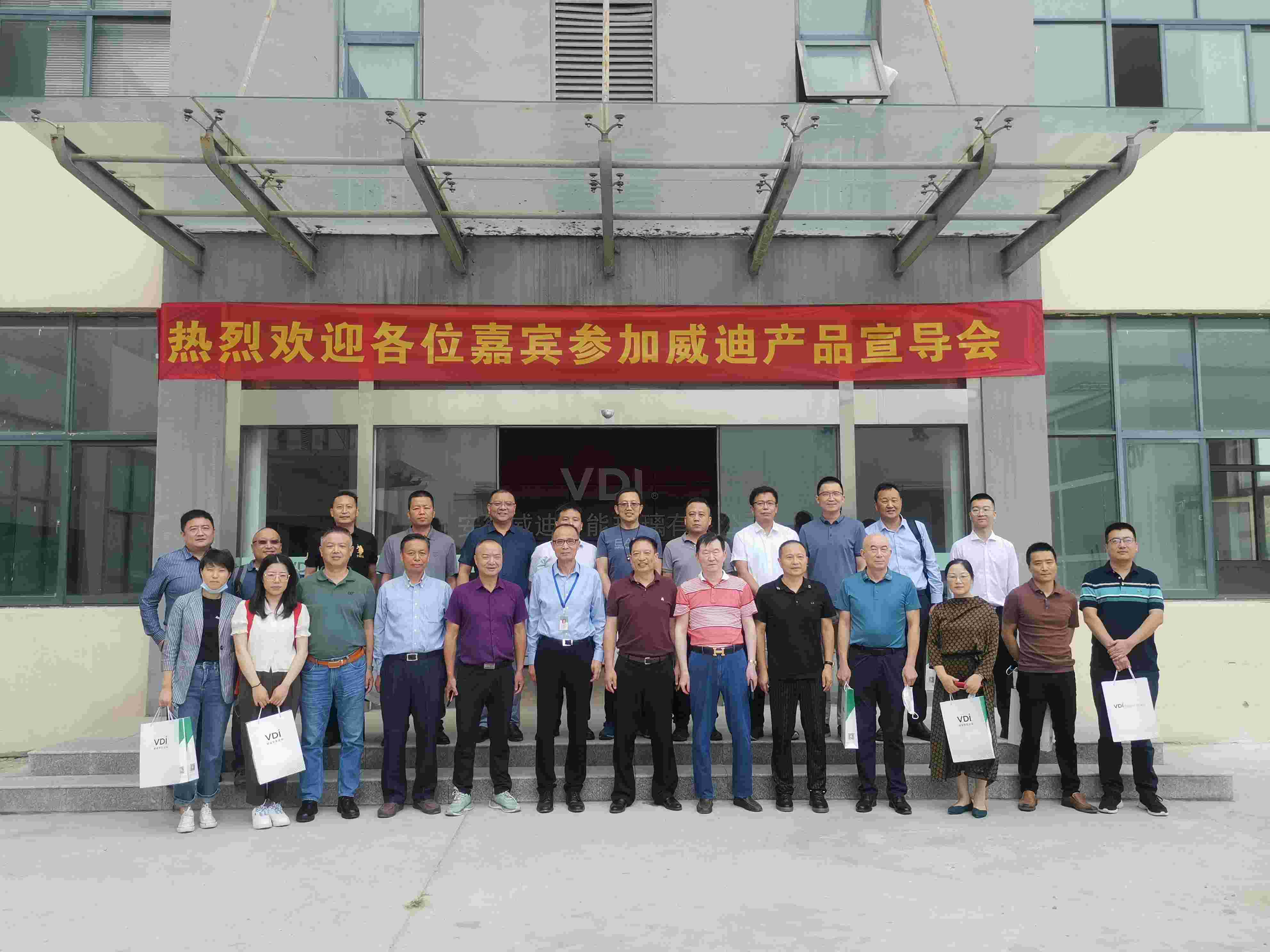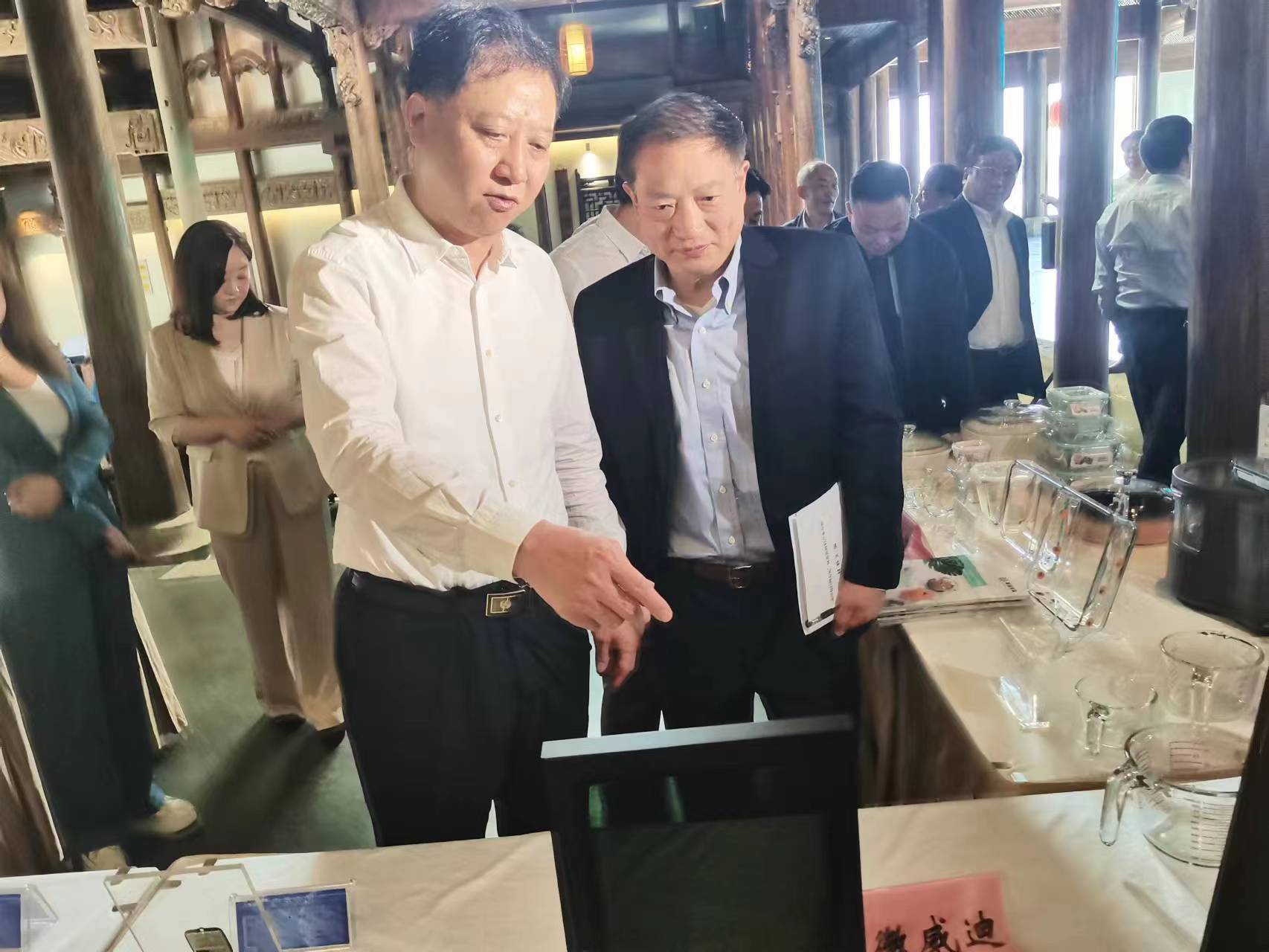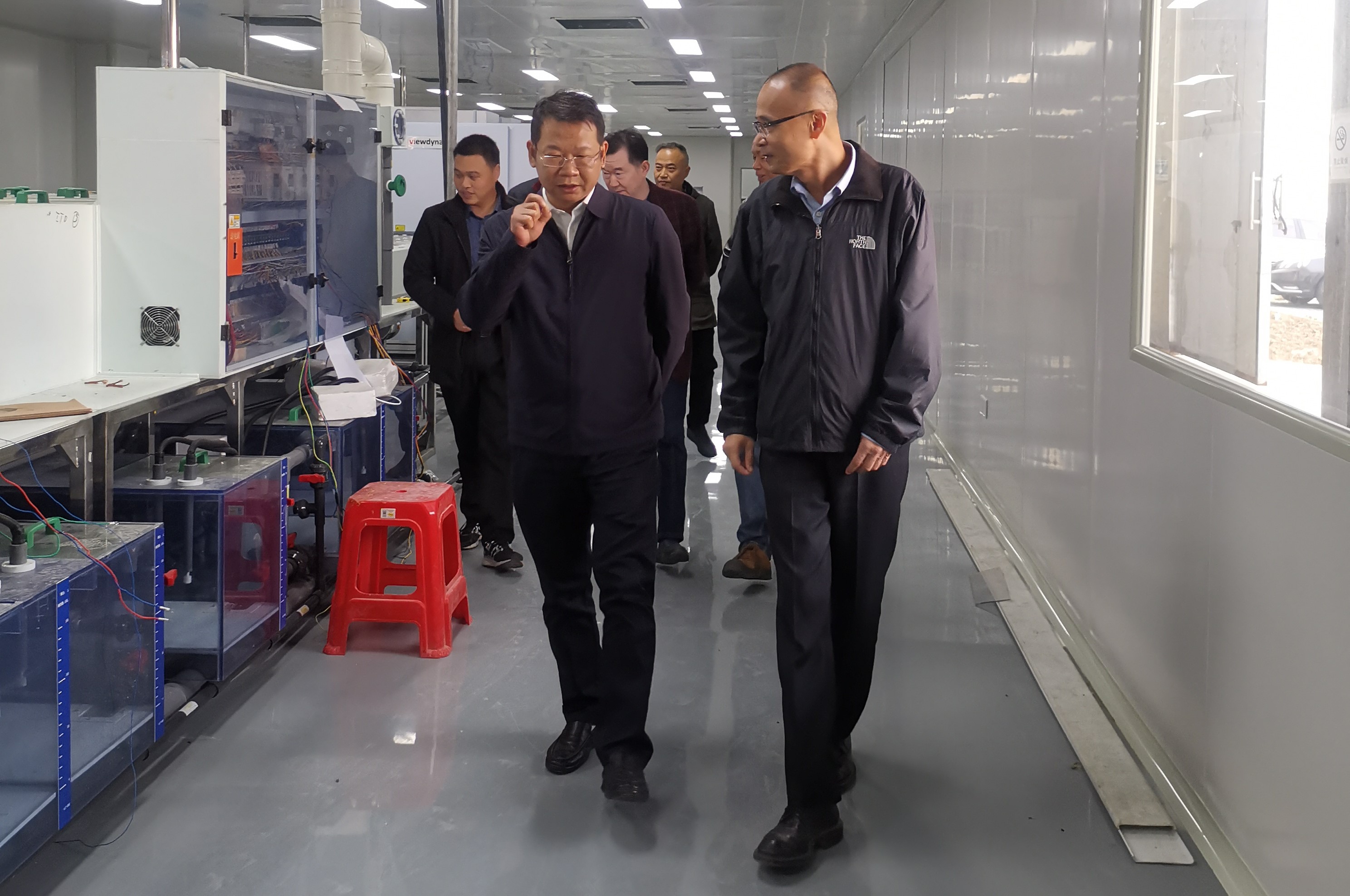- About VDI
- About the technology
- About the VDI standard product
VDI Glass was established in March, 2016. The company has been committed to the large-scale production of smart glass. It took the company five years and over 200 million yuans to build a pilot line in the city of Hefei, capable of manufacturing large-size electrochromic glass. VDI adopts the latest sputtering coating process and the inorganic color-changing materials. The resulting products have been proven in the US market, with high reliability, a wide light-and-heat regulation range, and excellent energy savings.
In order to meet huge demand in China’s domestic market, VDI Glass started to build a mass-production line in Bengbu in early 2021, which went to production in May, 2022. This plant manufactures electrochromic glass for the building applications. Its annual output is 40,000 square meters and maximum glass size is 3.0 x 1.2 meters. Since then, the company has successfully completed a dozen of construction projects. VDI Glass has now become the second supplier, after Saint-Gobain’s Sage Glass, to sell electrochromic glass for construction in China.
For information or inquiry, please contact:
Email: sales@vdiglass.com
Telephone: +86 0552-2053813
Website: www.vdiglass.com
Inorganic electrochromic technology, also known as all-solid-state technology, uses the electrochemical phenomenon that tungsten oxide changes color when it encounters lithium ions. The facade glass developed from this technology has a wide tuning range for the visible and infrared spectrum of solar radiation, and can save up to 30% of energy. Inorganic electrochromic technology started early. After 30 years of industrialization and spending billions of dollars, it now becomes a mature smart glass product worldwide, with a dominating market share in the smart facade applications.
VDI smart glass is consist of three panes of glass: an outer pane of tempered glass, an electrochromic sheet, and an inner pane of tempered glass. The electrochromic sheet is glued to the inner surface of the outer pane. The outer and inner panes of glass are then sealed together to form a hollow structure with argon gas backfill. VDI's electrochromic sheet adopts inorganic dry-processing technology, having a multi-layer structure: glass substrate, transparent electrode, tungsten oxide layer, ion conduction layer, ion storage layer, and transparent electrode. When a DC voltage of about 1volt is applied between the two transparent electrodes, the lithium ions in the ion storage layer are drawn out, pass through the ion conductor layer, and enter the tungsten oxide layer, resulting coloration. When a reverse voltage is applied, the lithium ions in the tungsten oxide layer are drawn out and then enter the storage layer, and the entire device returns to its original state of transparency.
Glass structure: two-pane single cavity; available shape: rectangle, triangle, quadrilateral Glass size: 1400mm x 1100mm (recommended)
2800mm x 1100mm (recommended)
3000mm x 1500mm (max)
Contact VDI for other customized sizes: the unit price is related to the shear rate.
Glass thickness: the total thickness of insulating glass is 20-60mm, and the thickness of single glass is 4, 5, 6, 8, 10, 12mm Encapsulation gas: Argon Initial gas content: 95% Sealing strip: TPS long-life warm edge strip Ambient temperature: -20 to 40 degrees Celsius Operating temperature: -20 to 90 degrees Celsius Operating voltage: DC-3~3V Operating energy consumption: 0.6W/m2 - Color: Amber in transparent state, gray-blue in tinted state
- Visible light transmittance: 2~56%
- Shading coefficient: 0.09~0.5
- Color changing time: 20 minutes (related to glass size)
- Color uniformity: <1.5











 威迪微信公众号
威迪微信公众号